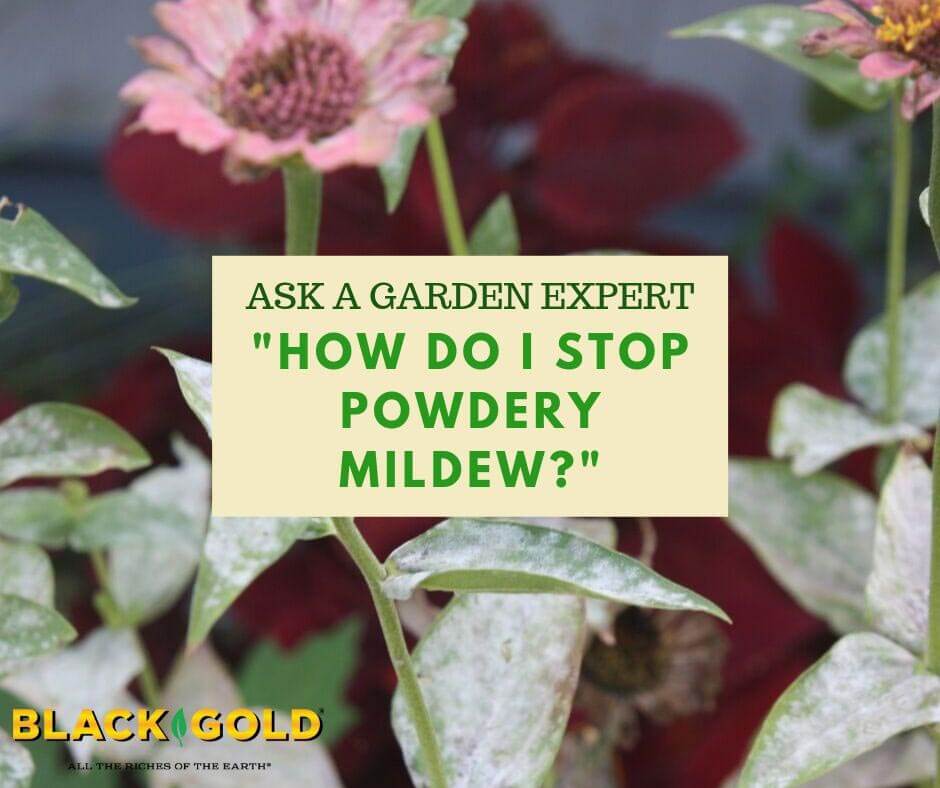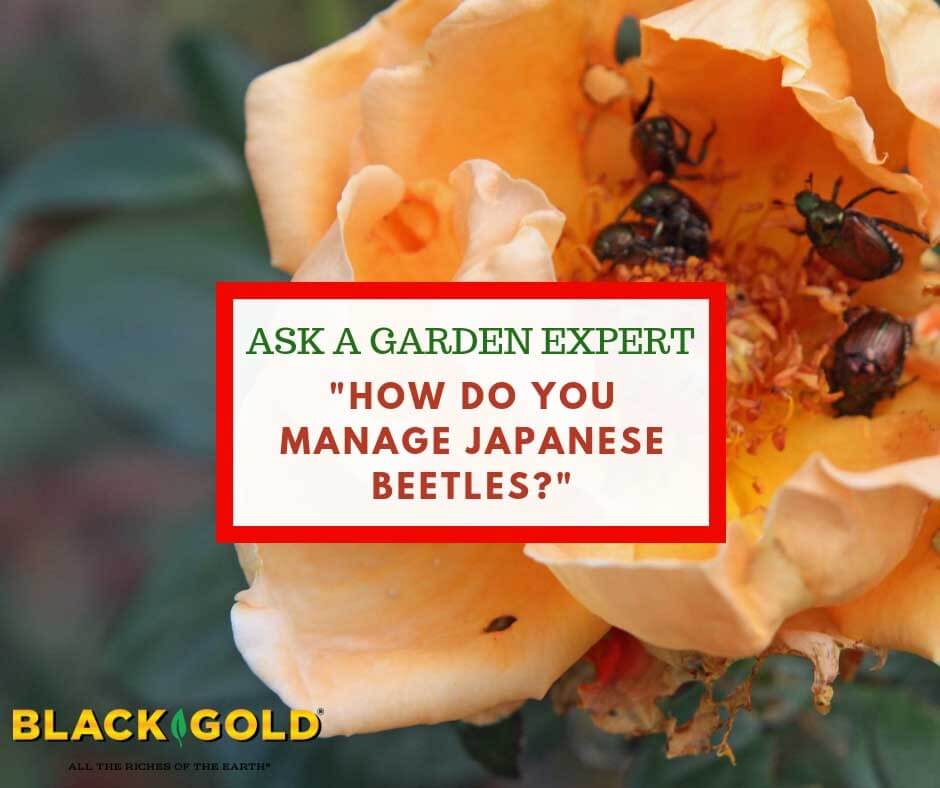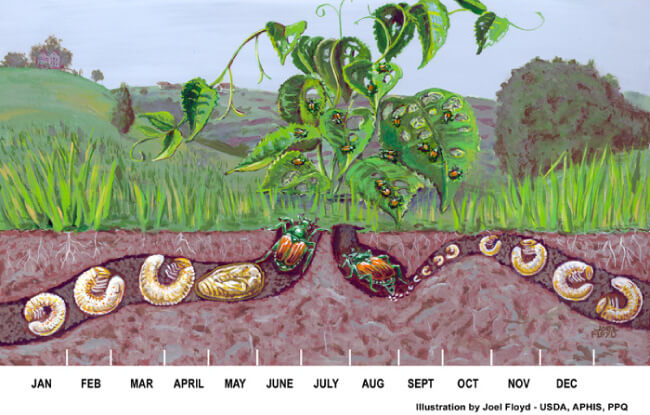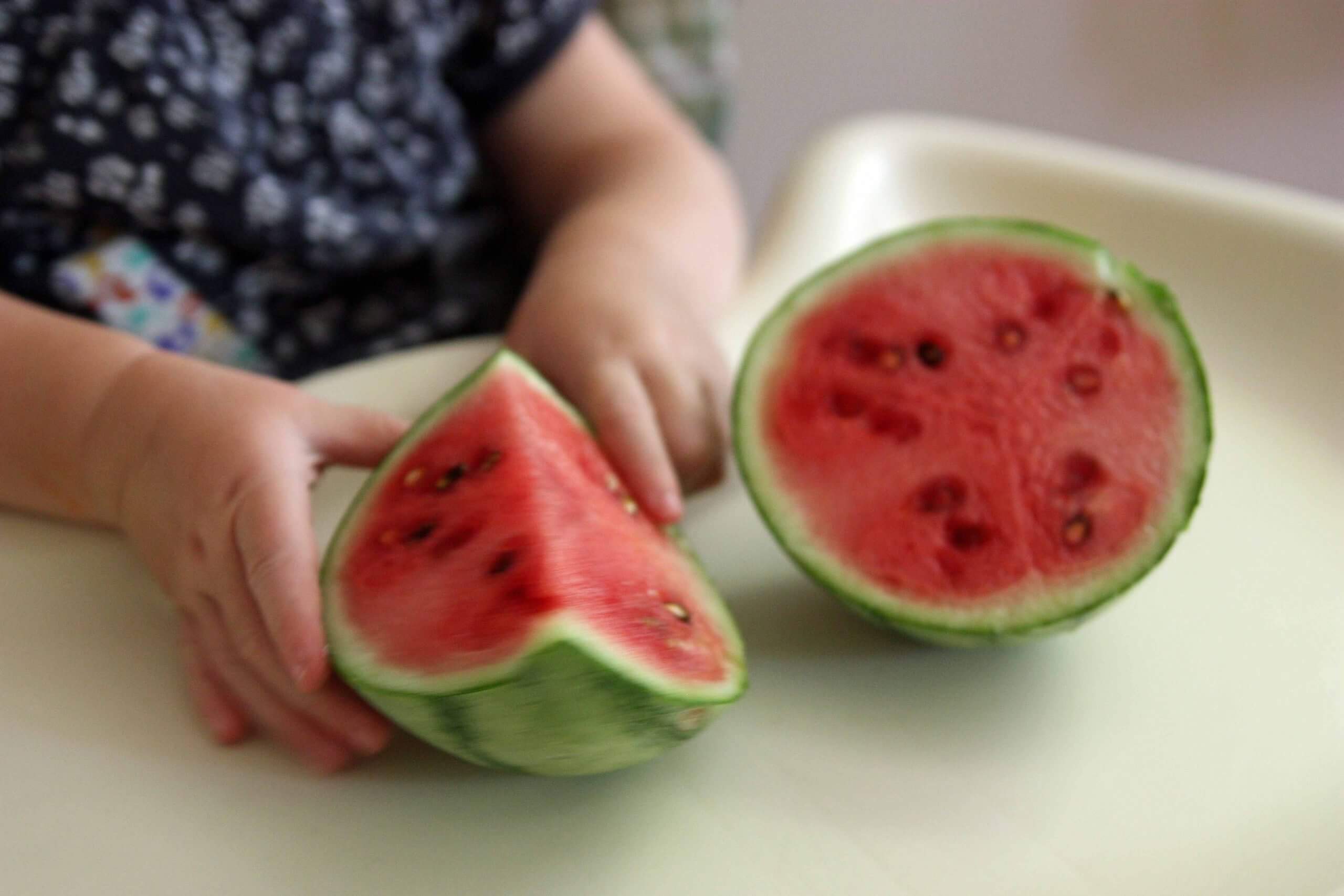
“What are the reasons leaves drop from [tropical] hibiscus?” Question from Brenda of Miami, Florida
Answer: Tropical hibiscus (Hibiscus rosa–sinensis) are lovely shrubs when they are healthy and happy, but they look so dismal when they’re in poor shape–especially when they start dropping their leaves. There are LOTS of problems that can lead to leaf drop. Some of these depend on whether your plants are potted or in the ground.
Here are several common leaf-drop causes in potted hibiscus.
- Bound Roots – This means the plant has overgrown its pot and needs an upgrade. In this situation, the roots cannot access proper water and nutrients, and plants begin to decline. Poor growth, wilting, and leaf drop are just a few of the signs. Watch the video below to learn how to identify and repot pot-bound plants.
- Overwatering or Underwatering – Watering too little or too liberally can stress plants out. Tropical hibiscus need good soil moisture, but they can’t stand waterlogged soil. Irrigate when the top inch or two of the potting mix feels dry, and then water the pot thoroughly until the plant’s saucer is full. Your soil must also drain well while holding lots of moisture (Black Gold Moisture Supreme Container Mix is a good choice).
- Change of Scenery – If you recently moved your hibiscus to a shadier, windier, or indoor location, changes like this can cause stress and subsequent leaf drop. Give them good care, and they will snap out of it.
- Spider Mites – These tiny, destructive pests are nearly impossible to see but cause discoloration of leaves and eventual leaf drop. If you have them, you might also see little webs on the leaves and tender stems of infested plants. To determine if you have mites, take a clean piece of white paper, hold it beneath the leaves, then tap the leaves onto the paper. If you have mites, lots of tiny specs will fall and eventually, they will start crawling around. These are spider mites! (Click here for everything you need to know about getting rid of these pests.)
- Diseases – There are lots of diseases that can cause leaf drop. If your leaves show spots or mottling, then they are most certainly diseased. (Click here to learn about potential hibiscus diseases, pests, and solutions.)
- Poor Soil and Lack of Fertilizer – Be sure to refresh your plant’s soil every two years, and provide it with ample fertilizer for lush growth and flowering (follow manufacturer’s recommendations).
If your plants are growing in the ground, sharp temperature changes and high winds can cause leaf drop as can pest and disease problems. Considering that you live in Miami, I doubt that temperature changes are an issue.
Please let me know if any of these solutions help!
Happy hibiscus growing!
Jessie Keith
Black Gold Horticulturist





 “How do you recommend dealing with Japanese beetles?” Question from Debbie of Lapeer, Michigan
“How do you recommend dealing with Japanese beetles?” Question from Debbie of Lapeer, Michigan Integrated pest management (IPM) guidelines for homeowners set by the USDA’s Agricultural Research Service and Animal and Plant Health Inspection Service (APHIS) are the most proven management methods. They’re backed by years of research, and though there is no perfect Japanese beetle cure for infested areas, these steps will limit their destruction.
Integrated pest management (IPM) guidelines for homeowners set by the USDA’s Agricultural Research Service and Animal and Plant Health Inspection Service (APHIS) are the most proven management methods. They’re backed by years of research, and though there is no perfect Japanese beetle cure for infested areas, these steps will limit their destruction. Plant Resistant Plants
Plant Resistant Plants

